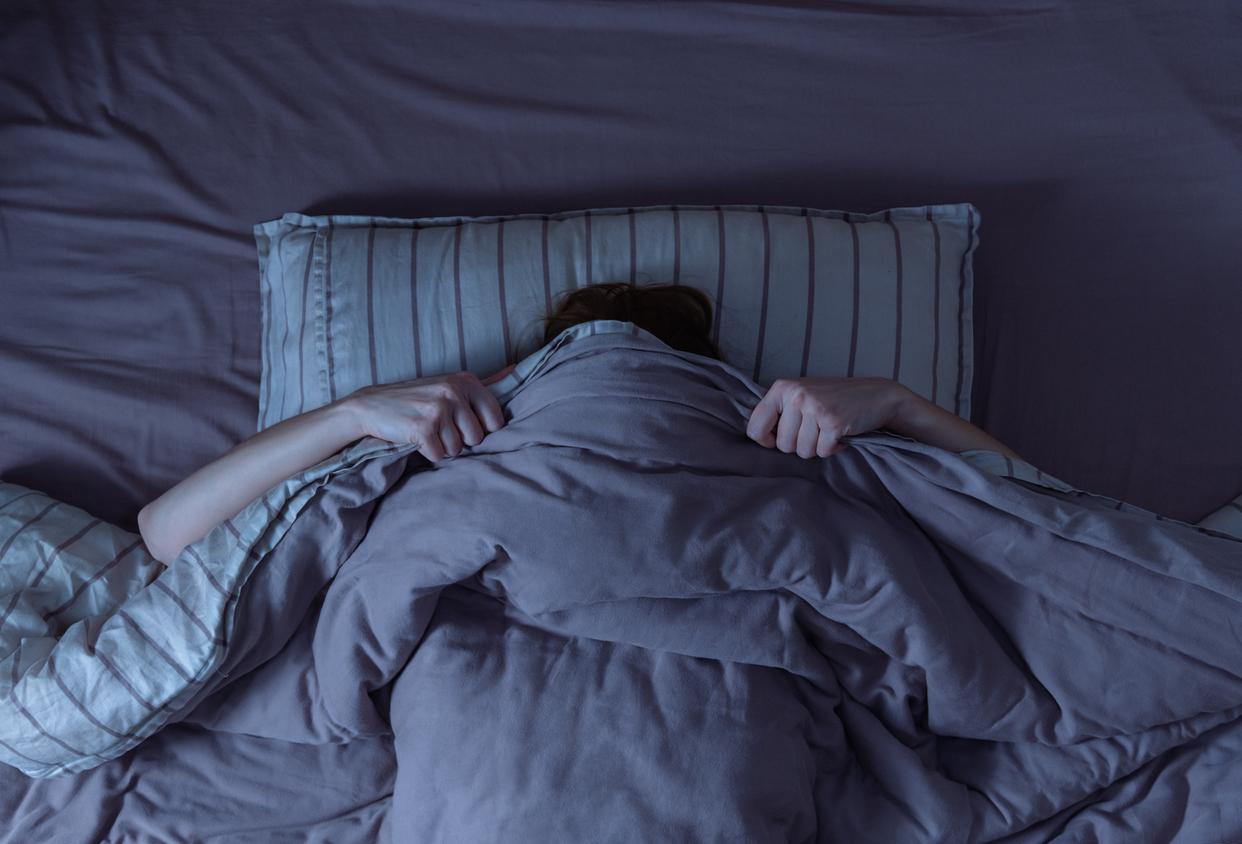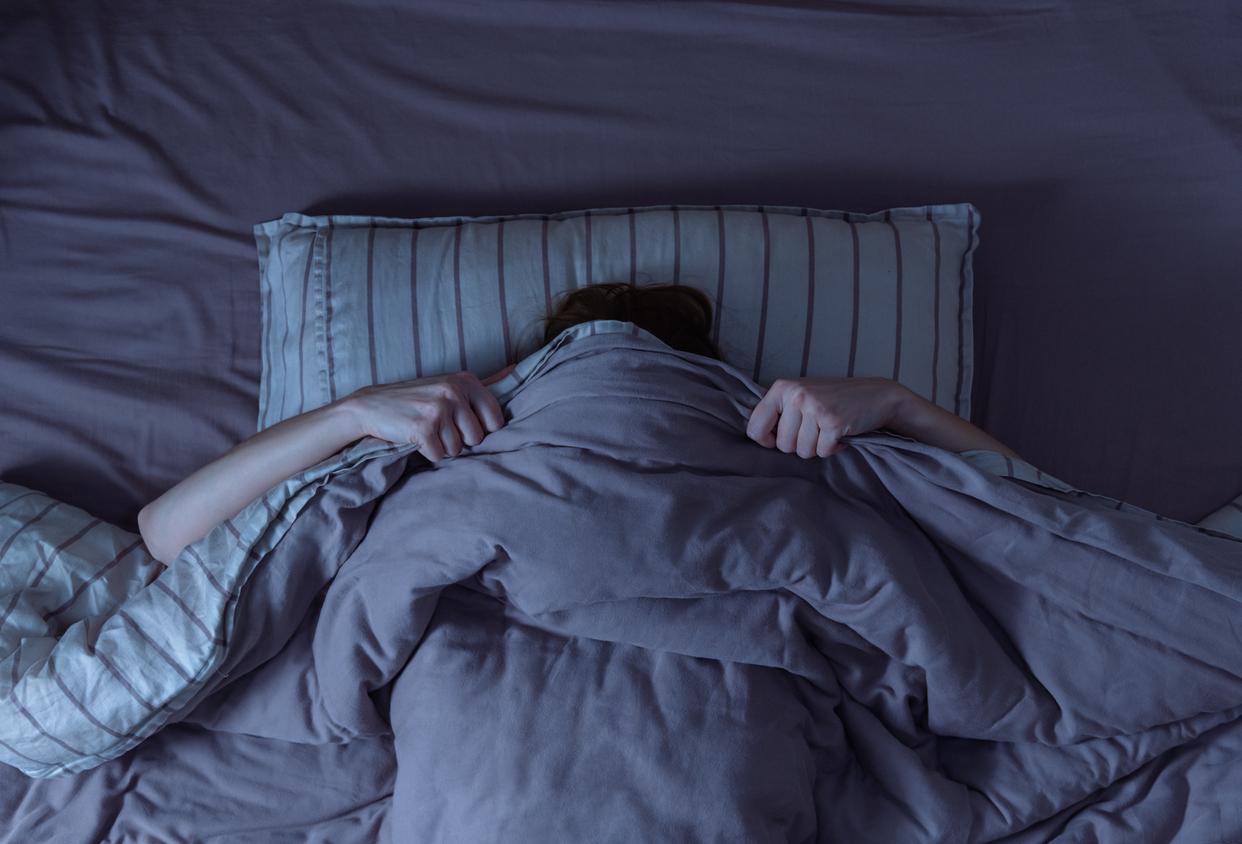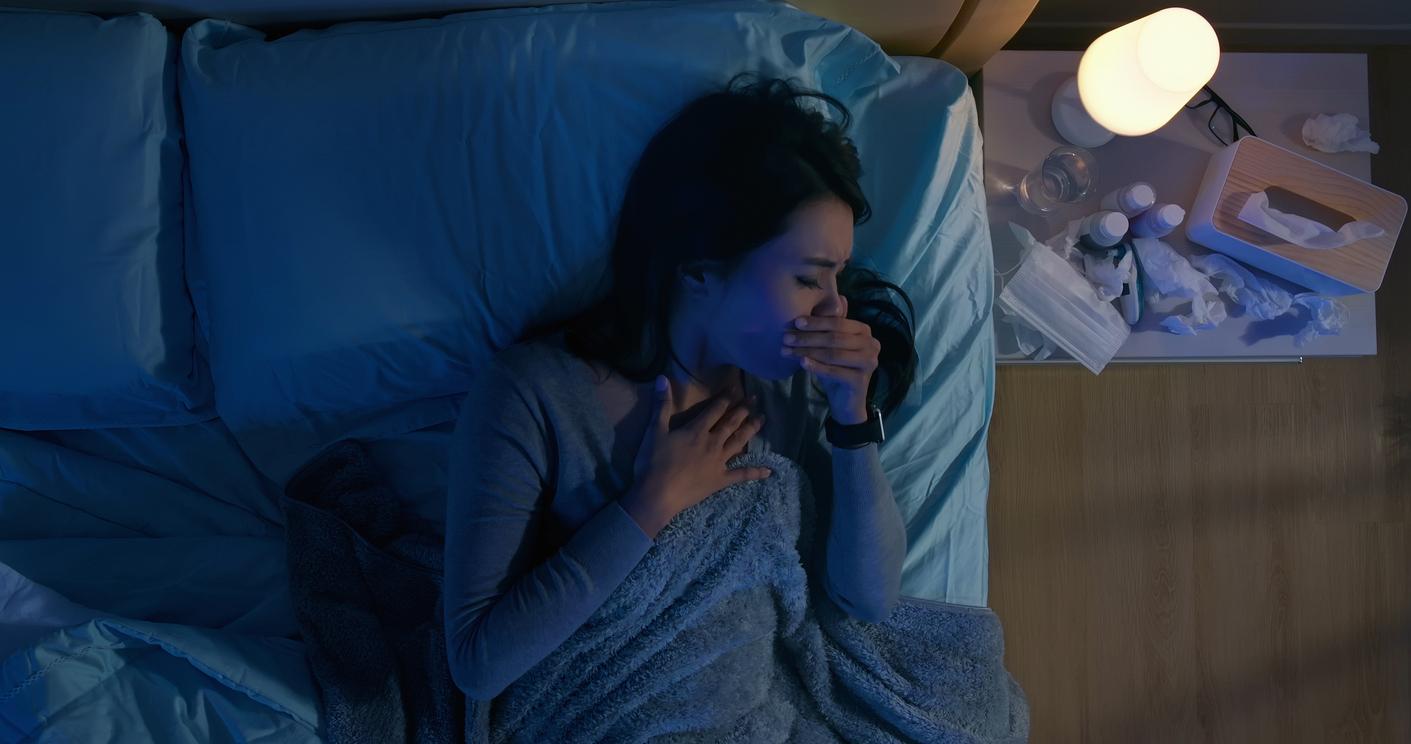What are the most common sleep disorders in children from birth to three years old?
Most often, parents consult me for problems with difficulty falling asleep and for waking up at night. The child is opposed at bedtime, which has terrible consequences for the family. Parents are exhausted and this state of fatigue can lead to marital problems, depression and a general disturbance of the family balance.
The most critical moment is around the age of two, when the child learns autonomy and tests the limits of his parents. Bedtime becomes confrontational and it is essential to set limits.
What are the main causes of these disorders?
For the difficulty falling asleep, often linked to nocturnal awakenings, the cause is most often found in bad behavior at bedtime. Some parents get into the habit of putting the child to sleep in their arms or in their bed, others spend too much time with them before bed, put them to sleep with a bottle or turn on the TV. In other cases, the cause lies in a search for intimacy with the parents, when the days are busy and the child feels like “a package” carried from the nanny home and then to bed, without having. spent a quiet time with his parents.
Family trauma, too long naps or even a lack of authority on the part of the parents, can also disrupt the child’s sleep. But sometimes disorders like nightmares, night terrors, restless sleep, snoring, and falling asleep in an abnormal position can hide sleep apnea problems.
Among other things, in certain situations, it is normal for the child to sleep poorly: the structure of his sleep changes a lot during his first year of life, awakenings for physiological causes are frequent. If he is ill, if the temperature in the room is not suitable, and if he is going through a period of disturbing changes, his sleep will be poor.
What can parents do to prevent or treat poor sleep?
Above all, they should not worry: in a healthy child, sleep disorders rarely have consequences on his development and intellectual functions. Usually he compensates during the day by taking breaks and naps.
If the disorders persist and disturb the whole family, it is necessary to speak about it to a specialist during a dedicated consultation, as suggested. Antoine Béclère hospital in Clamart. The answer to each problem is individual, on a case-by-case basis. But among the techniques that give good results, there is the 5-10-15 rule. Once the baby is in bed, if he starts crying, the parents must wait five minutes then go and reassure him by explaining, without touching him, that “it is night, everything is fine in the house, it is time to sleep. ” If necessary, the operation should be repeated after 10 and then 15 minutes. In general, this technique works after 2-3 days because the child feels the determination of his parents.
From 5-6 months, he must learn to fall asleep on his own and in his bed. To achieve this, respecting a sleep ritual that reassures the child is essential. You must also learn to spot the signs of sleep and bedtime as soon as they appear. The baby should not get into the habit of falling asleep with a human presence. As a doctor, I sometimes look for the existence of a traumatic element during pregnancy and the first months after birth. The baby is an emotional sponge, he feels everything and absorbs parental anxieties. In this case, talking to him can help resolve the problem.
















